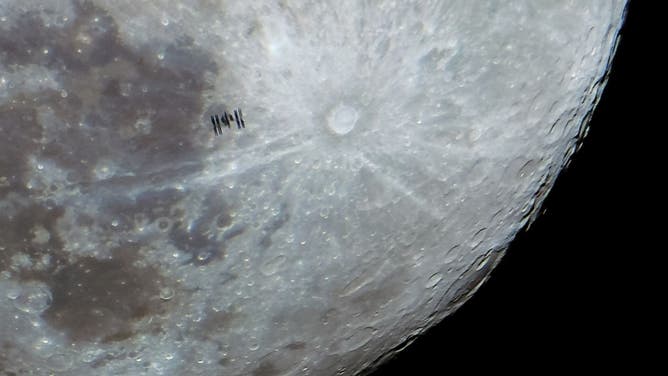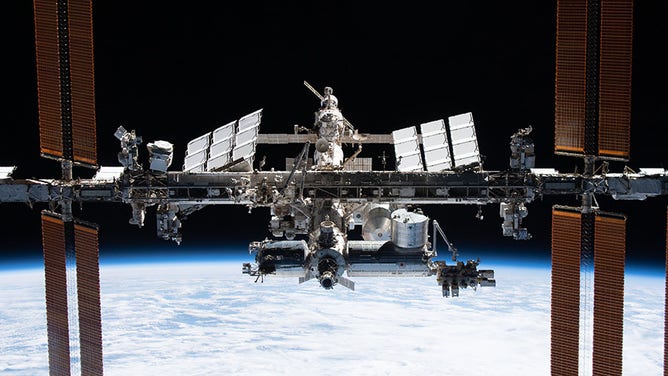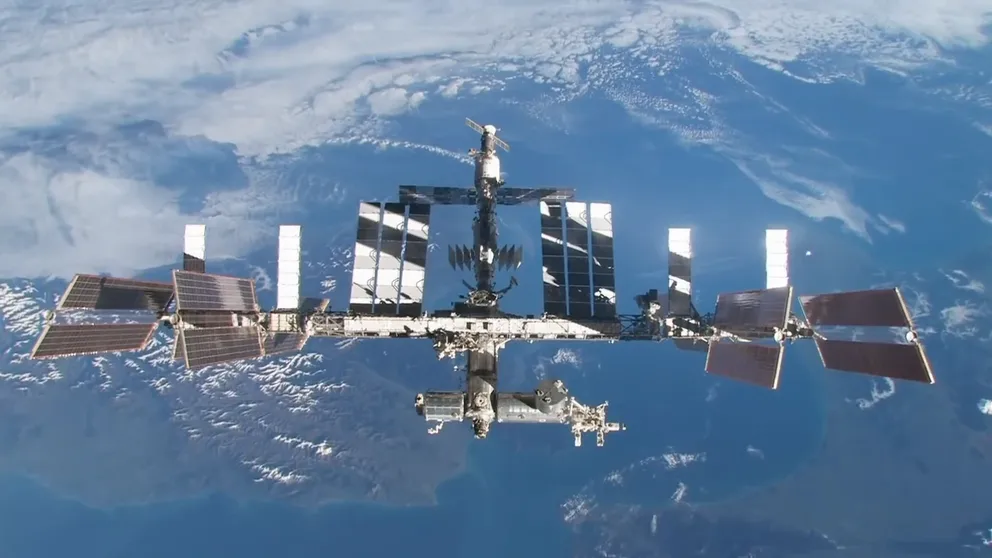How to spot the International Space Station in the night sky
Every night somewhere on Earth people can look up and wave at the astronauts orbiting the planet in the International Space Station. Find out how to know when to look up for the ISS.
What is the International Space Station?
The International Space Station (ISS) has hosted astronauts living and working in space for more than two decades, making groundbreaking contributions to technology and medicine along the way.
For more than two decades, the International Space Station has been the third-brightest object in the sky, allowing people on Earth to see this incredible feat of engineering and science.
At any given time, about six astronauts from NASA and multiple countries are orbiting the Earth on the space station, which serves as a low-gravity testbed for research and technology. The astronauts living and working on the International Space Station orbit the Earth about every 90 minutes, witnessing 16 sunrises and sunsets daily.
ASTRONAUTS GET EERIE VIEW OF MOON’S SHADOW AS IT TRUDGES ACROSS EARTH DURING SOLAR ECLIPSE
The ISS can be seen as light is reflected by the Sun and is best viewed after dusk or dawn. To see the space station, it must be dark where you are on Earth and when the ISS is flying above you. According to NASA, these ISS sightings can happen once a month or several times a week.

The International Space Station (ISS) is photographed with the full moon in the background from Cihanbeyli district of Konya, Turkiye on January 24, 2024. (Photo by Yunus Turkyilmaz/Anadolu via Getty Images)
To take the guesswork out of when to spot the station, NASA has a website and app dedicated to tracking the space station in the sky that provides the location of the ISS and when you can see it above your home. You can sign up for email and text alerts to determine when the ISS will fly over you soon.
All the sighting opportunities on the NASA Spot the Station website happen a few hours before or after sunrise or sunset, which is the best time to see the ISS.
How long will the ISS orbit Earth?
The International Space Station has been in orbit for more than 25 years and has hosted more than 270 humans. In 2000, humans began living on the ISS year-round.

The International Space Station as seen from the SpaceX Crew Dragon Endeavour during its departure on Nov. 8, 2021.
(NASA)
NASA plans to retire the space station in 2030. The football-field-length spacecraft will make a controlled re-entry, burning up in Earth's atmosphere over an ocean.
NASA IDENTIFIES MYSTERY OBJECT THAT CRASHED THROUGH FLORIDA MAN'S HOME
Multiple private companies are developing private space stations to continue hosting humans in low-Earth orbit for research after the ISS is gone.
